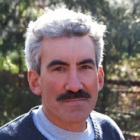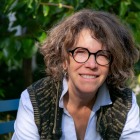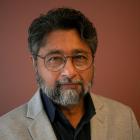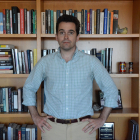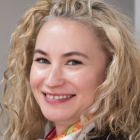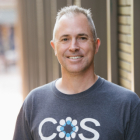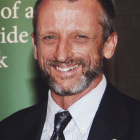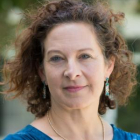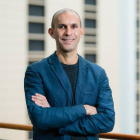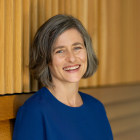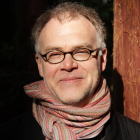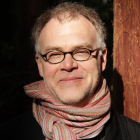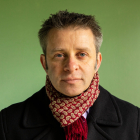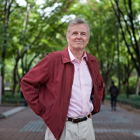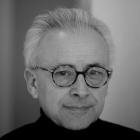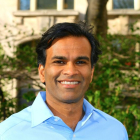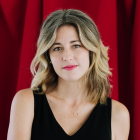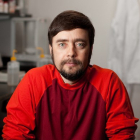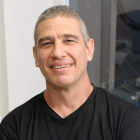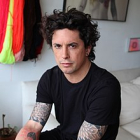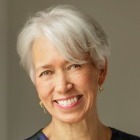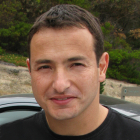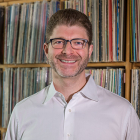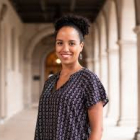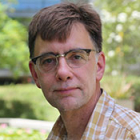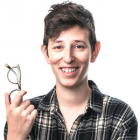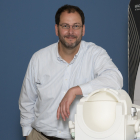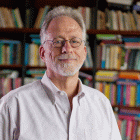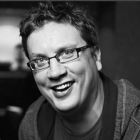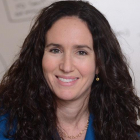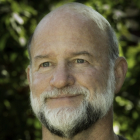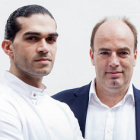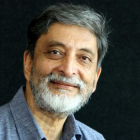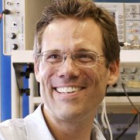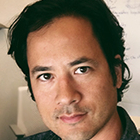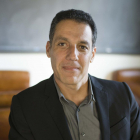Lectures
2025
May 22, 2025
Nickola Overall, University of Auckland, New Zealand
May 08, 2025
Anjan Chatterjee, University of Pennsylvania
April 03, 2025
Richard Davidson, University of Wisconsin–Madison
March 13, 2025
Rachael Jack, University of Glasgow
March 06, 2025
Moran Cerf, Columbia University
January 15, 2025
Brian Nosek, University of Virginia
2024
December 04, 2024
Colin Allen, UC Santa Barbara
May 06, 2024
Edward Slingerland, University of British Columbia
April 04, 2024
Martie Haselton, University of California, Los Angeles
March 07, 2024
Christof Koch, Allen Institute for Brain Science
January 25, 2024
Ken Paller, Northwestern University
January 18, 2024
Gene Coleman (with Fabio Rambelli on Shō), Composer and Director
January 17, 2024
Gene Coleman, Composer and Director
2023
November 09, 2023
Cassandra Extavour, Harvard University
October 19, 2023
Damien Fair, University of Minnesota
June 01, 2023
David Wengrow, University College London
May 25, 2023
Philip Tetlock, University of Pennsylvania
April 24, 2023
António Damásio, University of Southern California
April 06, 2023
Kathryn Paige Harden, University of Texas at Austin
March 02, 2023
Michael Levin, Tufts University
February 09, 2023
Noam Sobel, Weizmann Institute of Science
January 19, 2023
Nina Jablonski, The Pennsylvania State University
2022
November 03, 2022
Eran Halperin, Hebrew University of Jerusalem
May 26, 2022
Josh McDermott, Massachusetts Institute of Technology
March 31, 2022
John Wixted, UC San Diego
2021
2020
November 05, 2020
Clara Wilkins, Washington University in Saint Louis
February 27, 2020
Michel Maharbiz, UC Berkeley
February 13, 2020
Michael Dickinson, California Institute of Technology
2019
October 24, 2019
Randy Buckner, Harvard University
June 06, 2019
Iain Couzin, University of Konstanz and the Max Planck Institute for Ornithology, Germany
February 21, 2019
Michael J. Ryan, The University of Texas at Austin
January 18, 2019
Charles Spence, University of Oxford, UK
Jozef Youssef, Chef and Creator, Kitchen Theory
January 17, 2019
Charles Spence, University of Oxford, UK
2018
December 06, 2018
Mandyam V. Srinivasan, Professor, Queensland Brain Institute and the School of ITEE, University of Queensland
November 15, 2018
Michale Fee, Professor, Brain and Cognitive Sciences, Massachusetts Institute of Technology
November 08, 2018
Saul Kato, Assistant Professor, Neurology and Physiology, UC San Francisco
October 18, 2018
Hany Farid, Professor, Computer Science, Dartmouth University
June 07, 2018
Ned Block, Silver Professor of Philosophy, Psychology and Neural Science , New York University
February 22, 2018
Albert-László Barabási, Professor of Network Science, Northeastern University
January 11, 2018
Nicholas Carr, Writer, Harvard University
2017
December 07, 2017
Helen Fisher, Senior Research Fellow and Chief Scientific Advisor to Match.com, Indiana University
November 16, 2017
John Ioannidis, Professor of Medicine and of Health Research and Policy, Stanford University
November 13, 2017
Ned Block, Professor of Philosophy, Psychology and Neural Science, New York University
October 28, 2017
Colin F. Camerer, Professor of Behavioral Economics, Caltech
2016
November 17, 2016
Elizabeth (Liz) Phelps, Professor of Psychology and Neural Science, New York University.

